
FearTheBeard
gamer level 4
2606 xp
2606 xp
followers
20
20
Use my invite URL to register (this will give me kudos)
https://boardgaming.com/register/?invited_by=fearthebeard
profile badges




recent achievements

Advanced Reviewer
Review 13 games and receive a total of 980 positive review ratings.
Review 13 games and receive a total of 980 positive review ratings.

Novice Grader
Grade 20 more reviews or tips by clicking "Yes" or "No" in response to the question "Was this helpful?"
Grade 20 more reviews or tips by clicking "Yes" or "No" in response to the question "Was this helpful?"

Follow a Local Game Store
Follow a local game store. The purpose of following is to get notifications when comments are added to the board.
Follow a local game store. The purpose of following is to get notifications when comments are added to the board.

Baron / Baroness
Gain 10 total followers
Gain 10 total followers
Player Stats
Critic (lvl 3)
1230 xp
1230 xp
Explorer (lvl 1)
192 xp
192 xp
Professor (lvl 0)
75 xp
75 xp
Reporter (lvl 1)
169 xp
169 xp
About Me
Board and card game nut with an unhealthy passion for dice! My reviews tend to have higher scores, as I research my purchases for the most part, so I don't suffer disappointment too often. But invariably some dross seeps through the gaps from time to time. I write both these and other reviews on my blog. http://beardplaysgames.blogspot.co.uk/


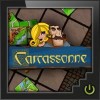

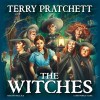



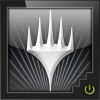






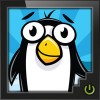
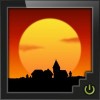
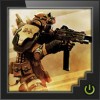
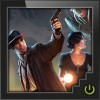















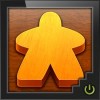

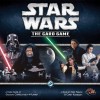








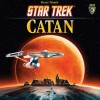
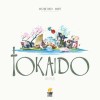





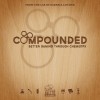
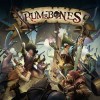
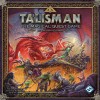










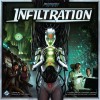


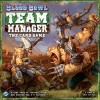






Carcassonne: South Seas
Over the past few months I have been quite absent from the hobby. Distracted by the real world and the virtual one, but recently I began attending a gaming club formed by a friend and my interest in all things cardboard has been rekindled. Thus, with an approaching birthday, I requested things of a ‘gamey’ nature and I was thankfully provided with much in the way of new cardboard and plastic, and thankfully only a little meat!
Enter stage right: Carcassonne Around the World: South Seas. One of the newer offshoots of the much praised intellectual property, and considering the setting the namesake is merely there to tie in to the cash-cow of its elder bretheren!
The game plays very close to the formulae laid down by the original, draw a tile, place a tile to build, extend or complete a feature, place a meeple and hopefully score ye them points! But this is where the similarity ends. In the South Seas variant the tiles feature sea instead of fields, islands instead of cities and wooden walkways instead of roads.
These all come with symbols of wares on them. Bananas for the islands, Fish for the seas and Oyster/Clam shells for the walkways, because now, instead of just moving your meeple down a scoring track things are done a little differently. At any given time there are four boat tiles, drawn randomly from a pile, with varying ammounts of wares on them and a point value. When you complete a feature you now gain those goods in little wooden form. Tiny wooden bananas, fish and shells, which you then use to buy yourself a ship and rake in the points from said vessel.
A new level of strategy is present also as you only have four meeple Islanders at your disposal to gather your ‘nanas, fish and shells but you can, instead of placing an Islander, take one back on any of your turns, effectively abandoning their unfinished developement. This can be played with great timing to effectively ditch a claim that’s going nowhere and jump on another, more lucrative one, instead of waiting for the duffer to be completed!
Bananas and shells are awarded when the islands and bridges respectively have been completed, the fish however are a tad diferent. If an area of sea with a fisherman islander (laid down like a farmer from vanilla) is entirely encircled by islands and bridges then that islander receives a fish for each icon on the fenced area, However, if a tile is played that features a fishing boat then the present fisherman (men) receive all of the current icons but at the cost of losing one of the higher value icons for future fishing. This means that successive boats could be played on an incomplete fishery and whittle down the fish turn by turn. Good for you if you want to rack up the fish, annoying if someone uses it to crash your perch-party and dangles a line in your pond as you’ll be seeing less of those fish you worked for!
The winner of the game is the one with the most points gained from their boats purchased with the wares and bonus points, one for every three wares they have left over at the end.
Carcassonne Around the World: South Seas really surprised me. I LOVE Carcassonne, it remains to this day one of my most played games as I like the simplicity with which it can be taught, the ease of play and the overall look of the game, but now it has been ousted from my affections by an exotic young upstart! The tactile element of the wooden wares tokens, the Islander meeple in their shorts, the look of the tiles, which look more vibrant and colourful, to the new scoring system removing the scoring track, which was one of the only things I wasn’t keen on from vanills.
Carcassonne Around the world: South Seas is a fantastic game for a varied group and for players of any age, My six year old got it within three or four turns, and I happily recommend it.
9/10.